Springtime Rite — Fox Kits
by: Glenn Sandiford
In the Thousand Islands, springtime sees the annual genesis of life start anew. Wildflowers sprout, birds return, animals breed. My diary temporarily becomes a record of firsts — first trout lily, first muskrat, first loon. And for two consecutive years now, first sighting of fox kits.
My inaugural encounter with a vulpine family occurred a year ago in late April. I was walking near our island’s church when an adult red fox raced across the path, heading toward a steep hill. As the fox passed a cottage at the foot of the slope, it barked several times before cresting the hill and vanishing. I’d never heard a fox bark and presumed it was alerting a mate. Thereafter my island walks became a stealthy creep whenever I neared the church. Six days later came unexpected reward. Instead of an adult fox, I found myself being watched by four kits.
So began a month of mutual scrutiny. The kits lived beneath the house where the adult fox had barked. As long as I made no sudden movement and stayed on the path, twenty yards away, the youngsters felt safe. They’d study me for a minute, then resume wrestling or pawing through leaves. Sometimes they groomed each other or snoozed in sunshine.
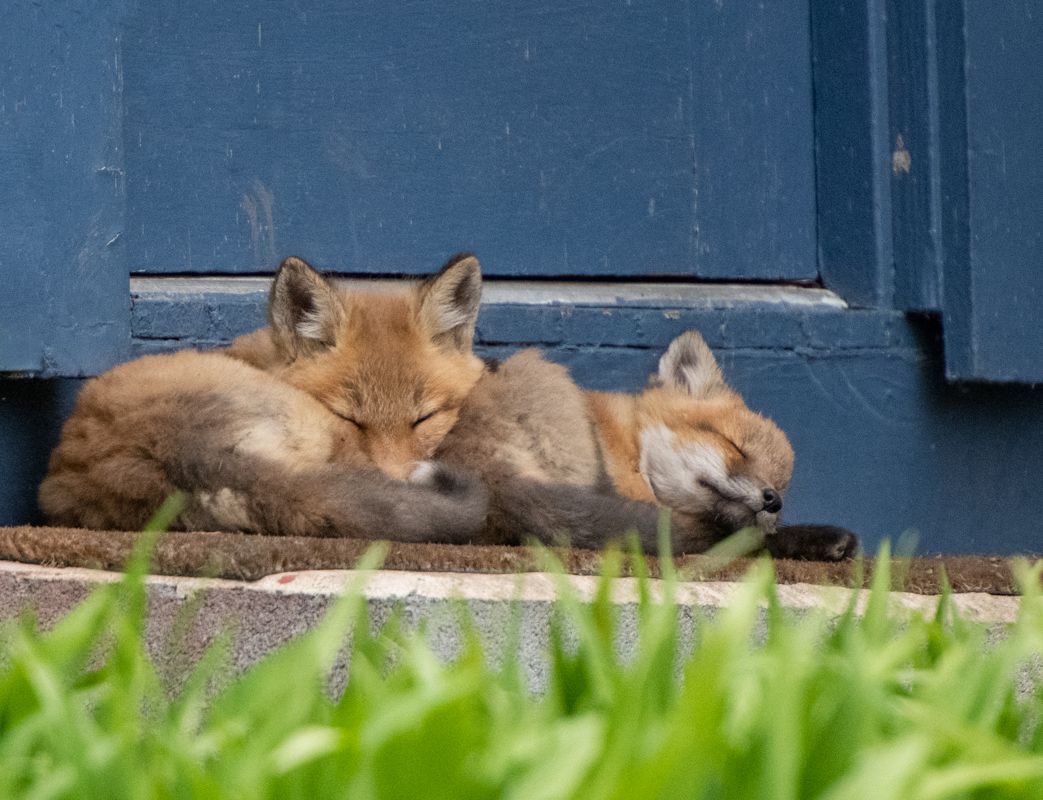
Attuned to their surroundings, the kits froze whenever geese erupted into loud honking or a crow cawed with urgency. Occasionally they fled beneath the cottage, disturbed by a sound or scent unnoticeable to me. Foxes can hear a ticking watch forty yards away. But if I was patient, eventually a small brown face would reappear, then a second, until all four kits were peeking at the world.
Such Disney moments belied harsh competition within the litter. When fox kits start venturing outside the den, aged one month, a pecking order is already developing. They push each other aside for access to milk, squabble over pieces of meat brought by the parents. Typically there’s a runt, constantly harassed and sometimes killed by its littermates, while the largest kit — usually a male — emerges as the alpha.
Identifying last year’s alpha kit was easy. The young fox was invariably last to flee and first to re-appear, and tended to range furthest from the house.
One evening, I decided to test the litter’s tolerance for bipedal intruder. Midway between their house and the path was a six-step staircase. I approached the staircase, pausing between each footstep, then placed my boot on the lowest stair. That prompted three of the kits to retreat under the house — but the alpha took a step toward me. And then another when I ascended the second stair. I slowly squatted to savor this impromptu game of dare, then stood again and climbed a third step. Yet again the kit mirrored me. At that I halted, unwilling to abuse my privilege any further. Whether the kit was curious or brave I couldn’t discern. Clearly, though, it was the alpha.
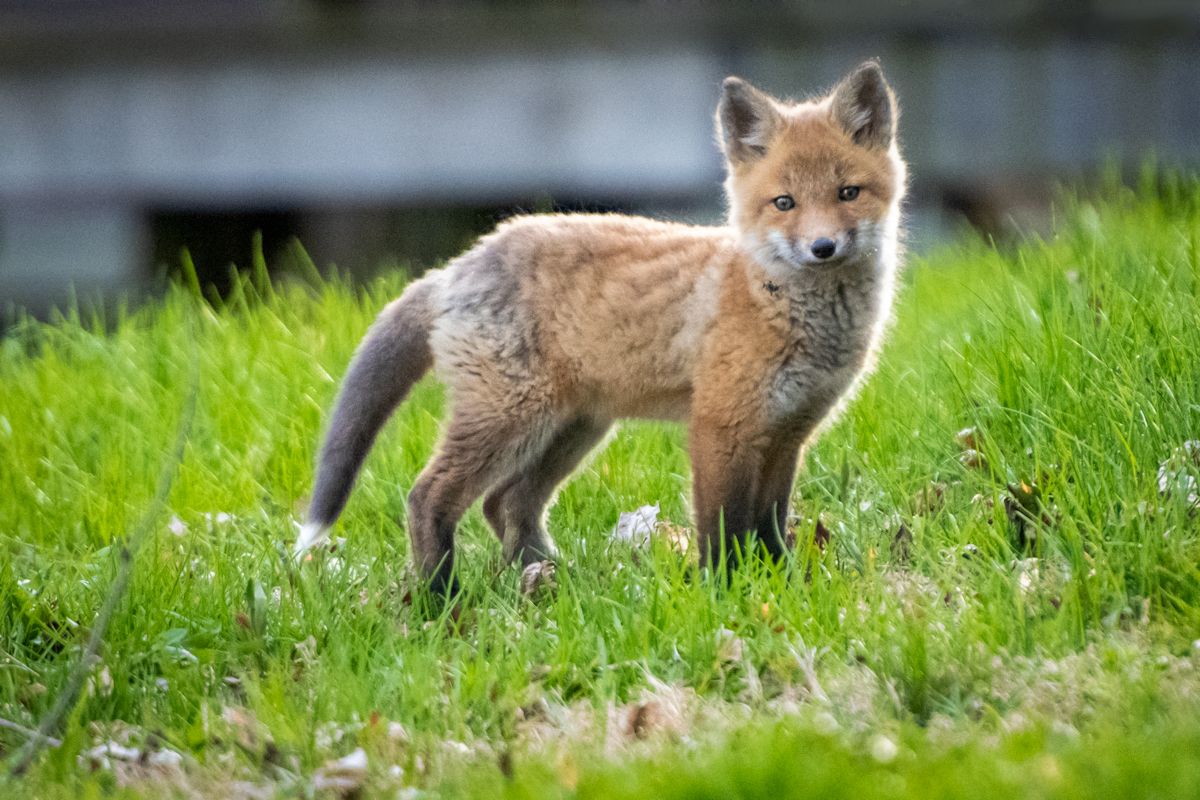
By the end of May, the kits were weaned and increasingly nocturnal like their parents. Nearby homeowners glimpsed them during summer, but eventually the litter abandoned their den beneath the house. At some point they dispersed off the island, though how and where remains a mystery. I live at the other end of the island and rarely saw fox again until the fall, when most humans had left and the kits’ parents became more active during daytime.
During winter I observed the adult pair almost daily, though never together. Red foxes are solitary except during the mating and denning seasons. They mate for life.
Full-Tail is possibly the vixen (female). Short-Tail is missing half his tail, likely due to a fight with another fox, which typically only occurs among males (dog foxes).
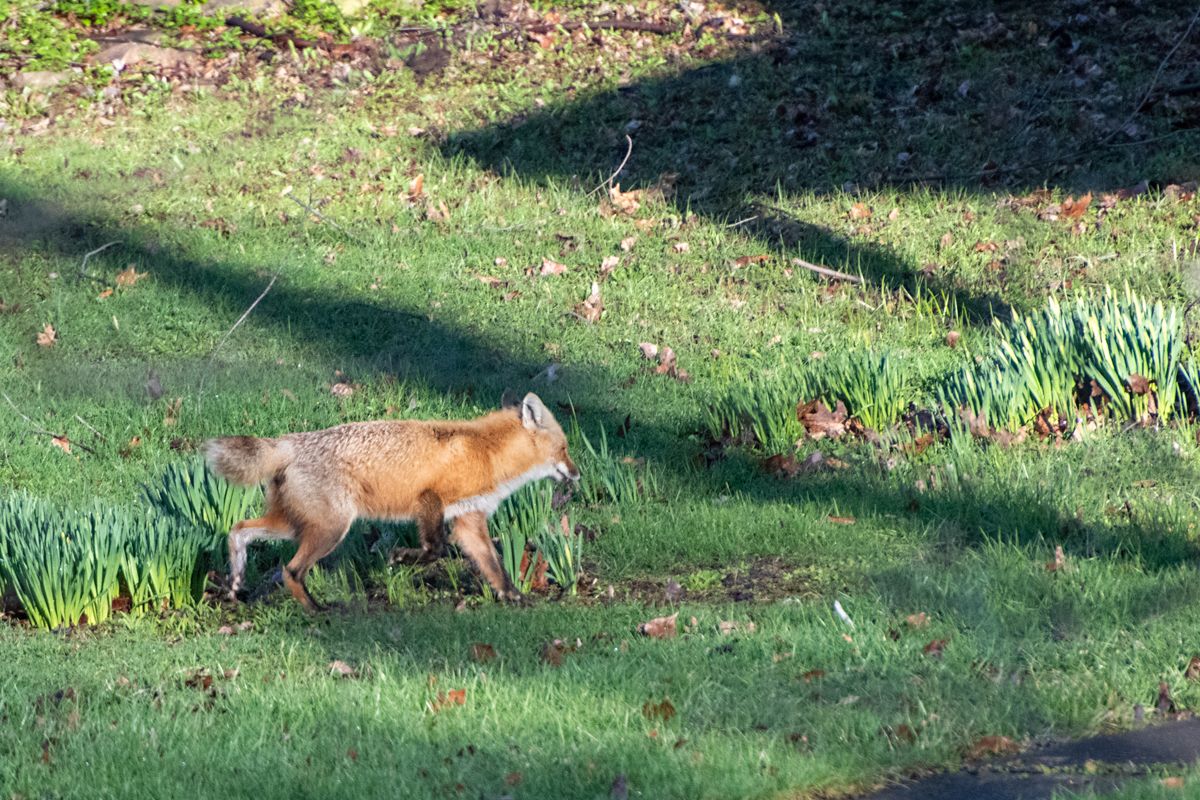
Both foxes like to visit my neighbor’s small lawn. They sit for ten minutes, staring at the snow or grass, head sometimes tilted, listening for voles. Then they move to my yard, pausing behind a big oak in hopes of nabbing birds feeding on the ground. I often came across clumps of feathers on the snow and twice saw the foxes carrying a squirrel, presumably to cache for a later meal.
All winter I checked the kits’ former residence for evidence of activity. Their parents’ tracks in the snow were abundant, but always led past the house rather than under it.
By winter’s end Full-Tail and Short-Tail had become somewhat comfortable with me. Rather than run away, they’d often stop and watch me. Occasionally I saw Full-Tail curled in a sunny patch of grass, peering over bushy tail as I passed her at an acceptable distance.
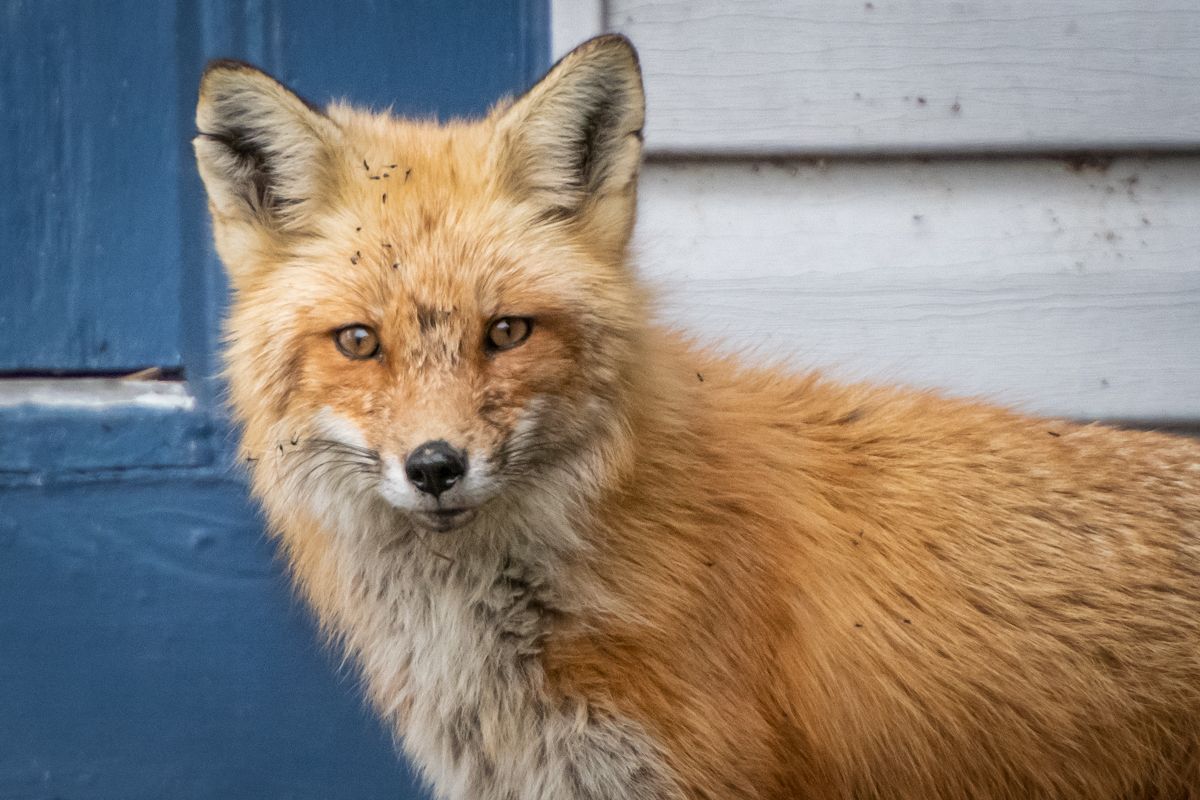
Late March brought an unusual development. Full-Tail vanished for a couple of weeks, such that house cameras recorded only Short-Tail. Was this evidence of a new litter? The timing seemed right, and vixens stay with their kits for the first two weeks after birth, relying on the dog fox to bring food.
Yes, indeed. On April 18th, at dusk, I unexpectedly came upon Short-Tail sprawled outside the church entrance. He rose and ambled toward the rear of the church in such manner as to pique my intuition. Something seemed afoot, so I followed. Short-Tail led me away from the church and nearby houses until I was standing behind a copse of woods. Mystified, I stopped and awaited the fox’s next move. He sat among the trees watching me for five minutes. Finally, he retraced his route through the copse and disappeared near the house where last year’s kits had lodged. I circled the trees and came back to the path, just in time to see Short-Tail mobbed by four, possibly five kits.
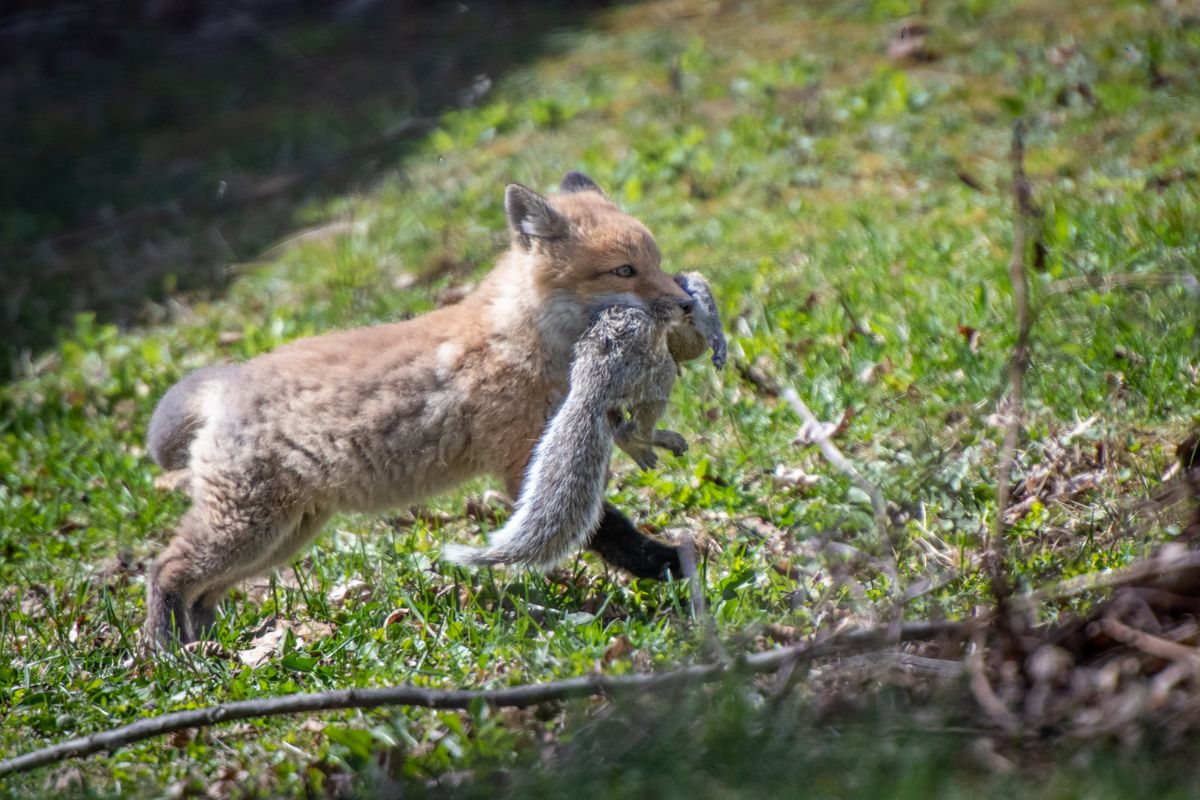
Clever fox. He’d tried to draw me away from his family. Presumably last year’s barking fox had similar intent when it had fled up the hill rather than under the house, its barks serving to alert the kits. I now believe that animal was Full-Tail.
With quiet joy I watched the new litter for five minutes, then left.
Since then, photographer Larry Asam has endured all manner of weather in documenting the foxes. Like me, he’s taking time to build trust with the watchful family. The kits seem warier than last year’s litter, probably because I discovered them two weeks earlier than their predecessors and they are thus younger.
The still-absent owners of the ‘fox house’ are delighted at the prospect of another summer with kits. Through the years they’ve witnessed multiple litters reared under their floor. They try not to be intrusive of their seasonal neighbors, but neither do they encourage their presence. Aware that trying to tame foxes invariably leads to problematic behavior, they take particular care not to leave anything edible for the animals.
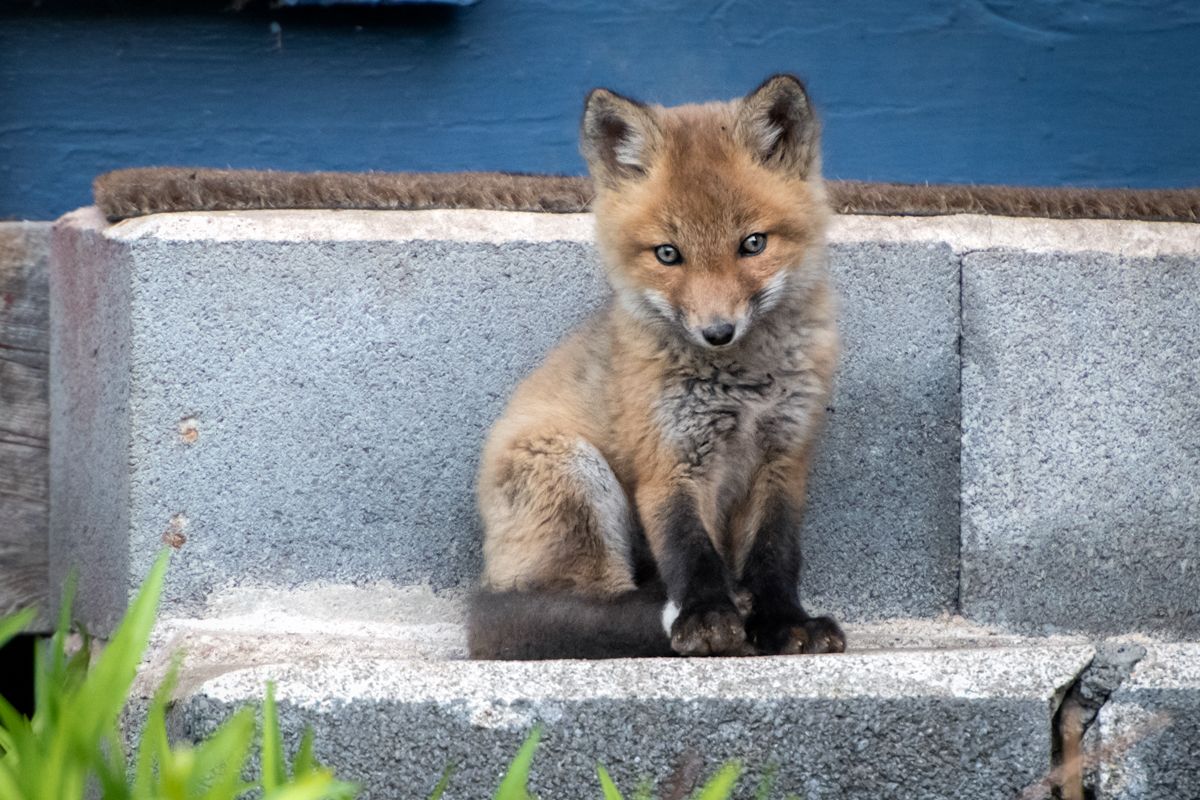
Their ‘live and let live’ mindset means fox kits likely will continue to be a marker of spring on our island. Clearly Short-Tail and Full-Tail are culling the squirrels and voles here, as well as the eggs and young of pesky geese. But their utility seems secondary in the collective appreciation evident in texts and photos chronicling their activity. For most folk, the foxes’ presence and progeny are reason enough to celebrate them. Long may that continue.
By Glenn Sandiford
Glenn Sandiford began his career as an environment journalist in the Adirondacks, then taught in academia for more than two decades, specializing in environmental communication. He now lives in the Thousand Islands.


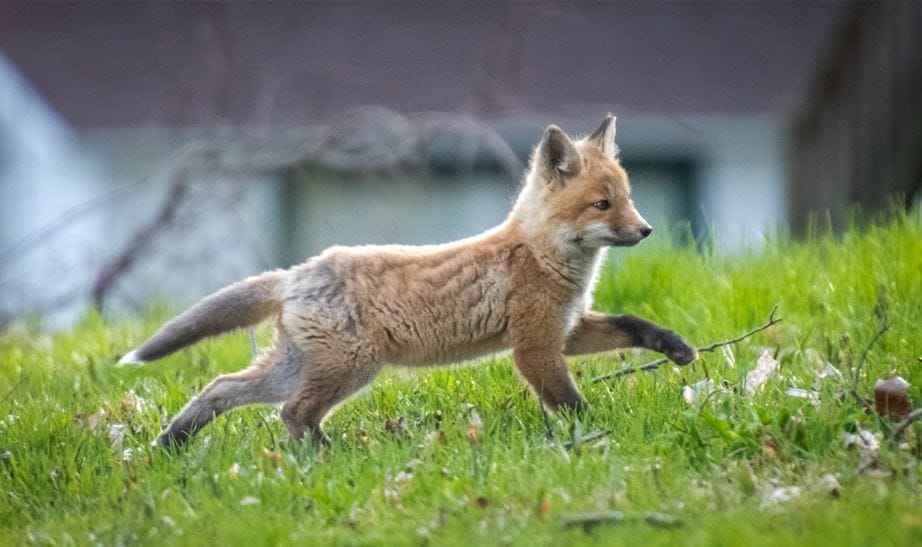
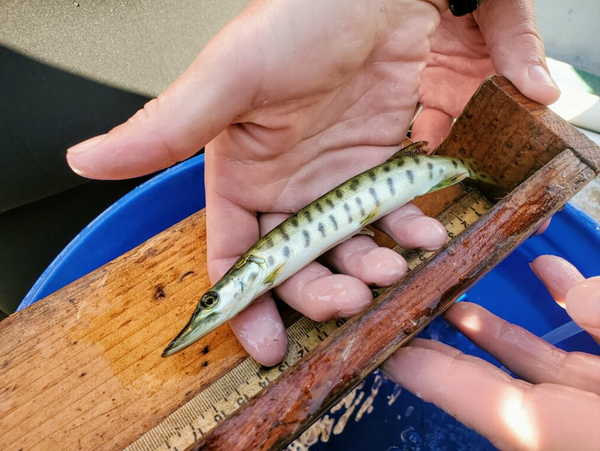
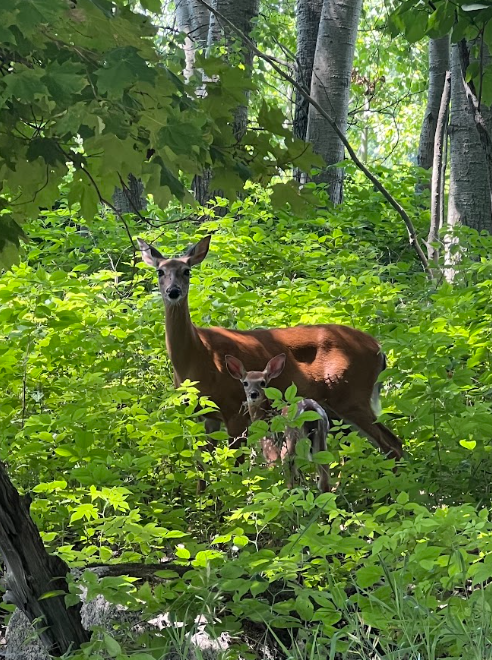

Please click here if you are unable to post your comment.